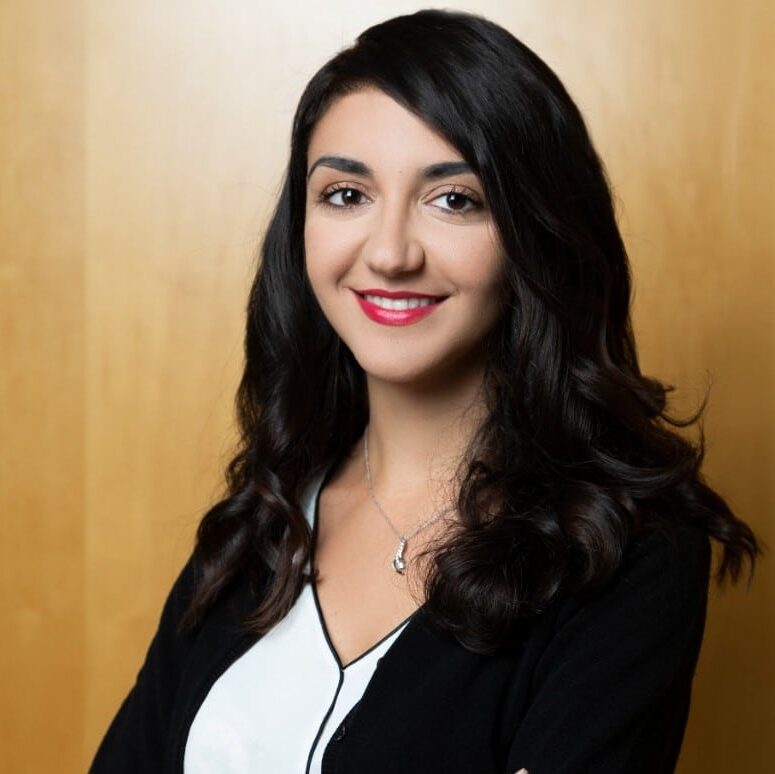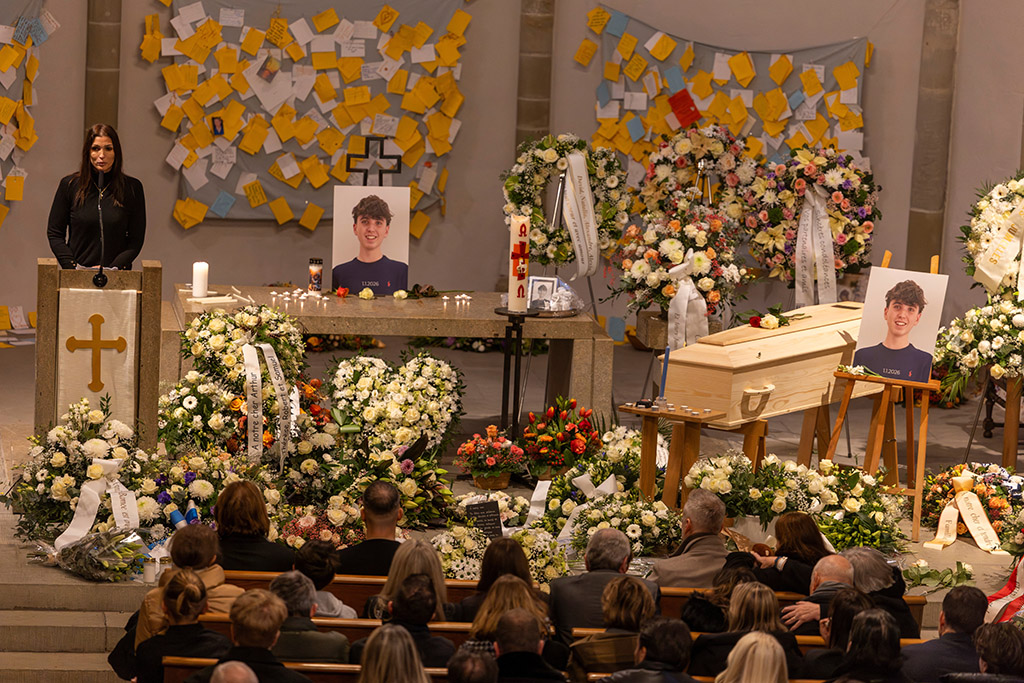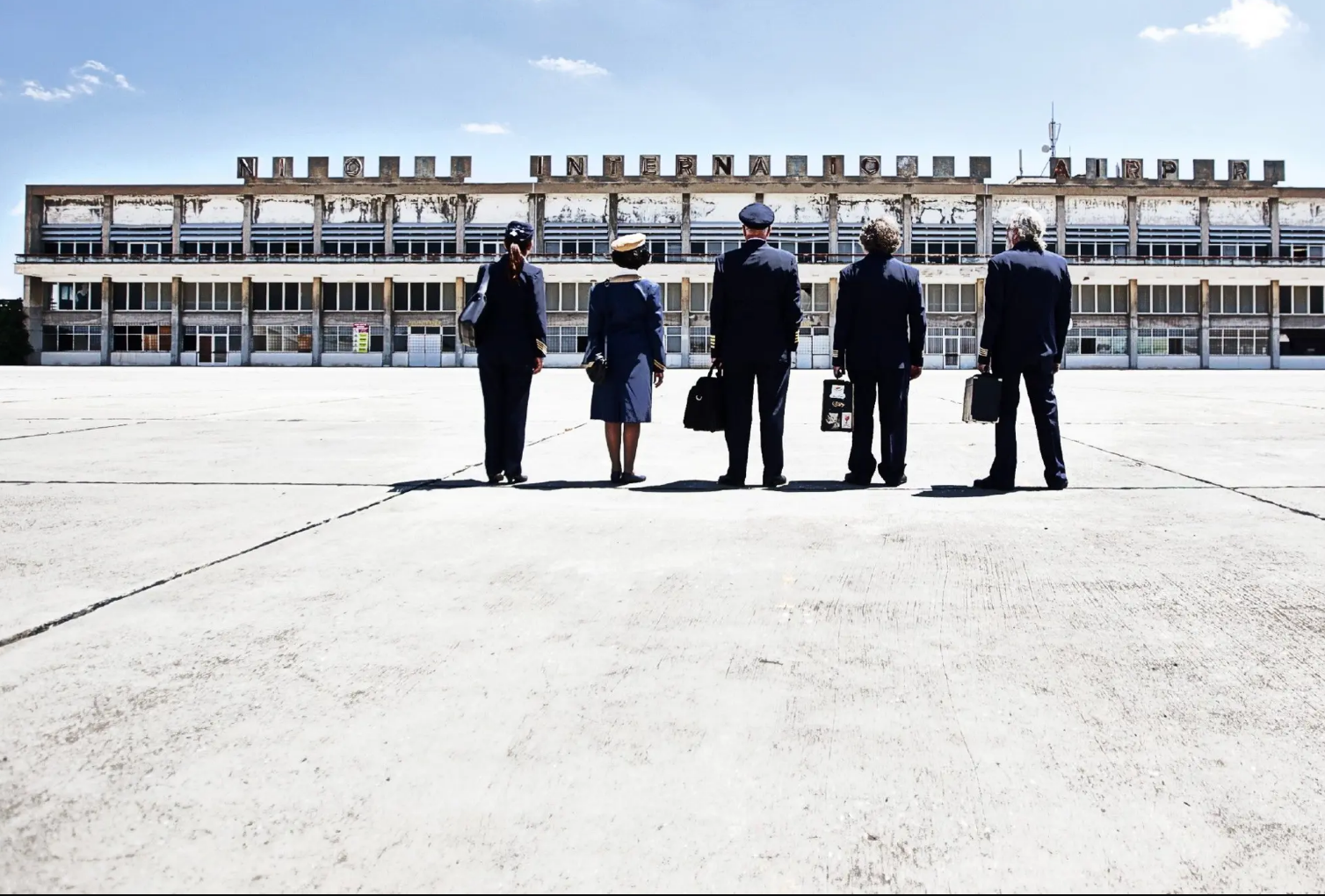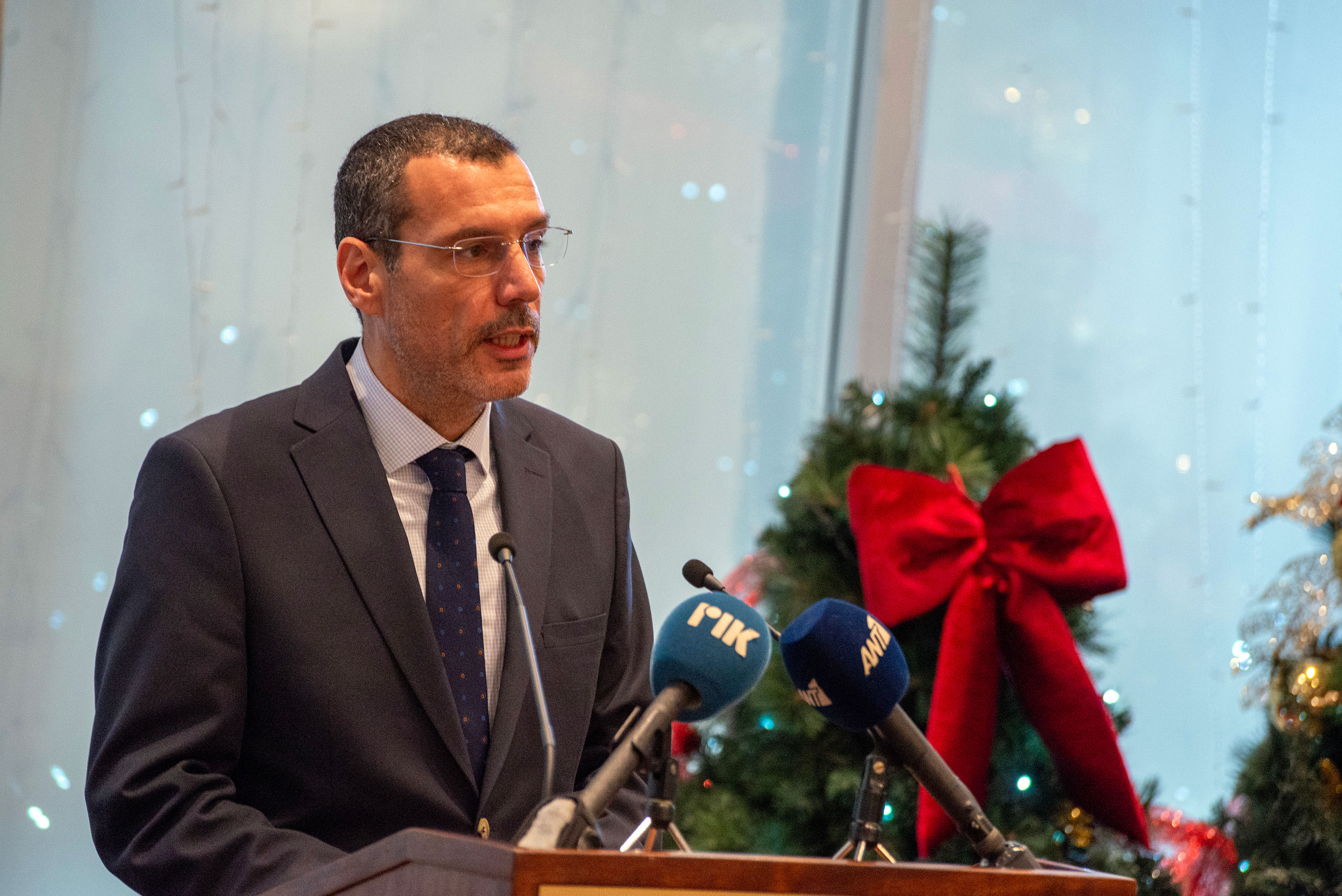Around 4,500 students in Cyprus are believed to have a developmental language disorder, however experts fear many go under the radar and rarely receive the proper diagnosis and help, it emerged on Friday.
According to the national council of registered speech pathologists which are embarking on an information campaign over developmental language disorders, there are no studies in Cyprus that refer to how prevalent this may be across Greek speaking populations.
International scientific literature estimates seven per cent of children may have this type of disorder, with boys affected more than girls.
“This means that in Cyprus, where 64,650 students are enrolled in public primary and secondary education, around 4,520 are estimated to possibly have a developmental language disorder.”
Highlighting the importance of early intervention, the association said this was linked to benefits in a child’s language abilities as well as school performance, social inclusion, and psycho-emotional development.
In Cyprus, average speech therapy services are offered by both the private and public sphere. Nonetheless, the association sought to stress children with a developmental language disorder do not have an obvious disorder and due to the fact that there are no proper detection and evaluation procedures, many might not receive the necessary support.
“Despite the fact that speech therapy services are available for children since 2001 under the special education framework, there is no published data that allows us to safely say to what extent children with language development disorders are identified and receive the necessary intervention.”
Additionally, it is also not currently possible to evaluate what help children might receive through the private sector, as there is no data, the association added.
The campaign it is currently embarking on named ‘Developmental language disorder. Maybe it concerns you?’ aims to showcase how prevalent it is and how it is not often diagnosed.
Set to take place between October 16 – 22, the campaign will have social media information posts, lectures across schools, briefing from TV stations and lighting up buildings which are purple and yellow – the colours associated with the disorder.







Click here to change your cookie preferences